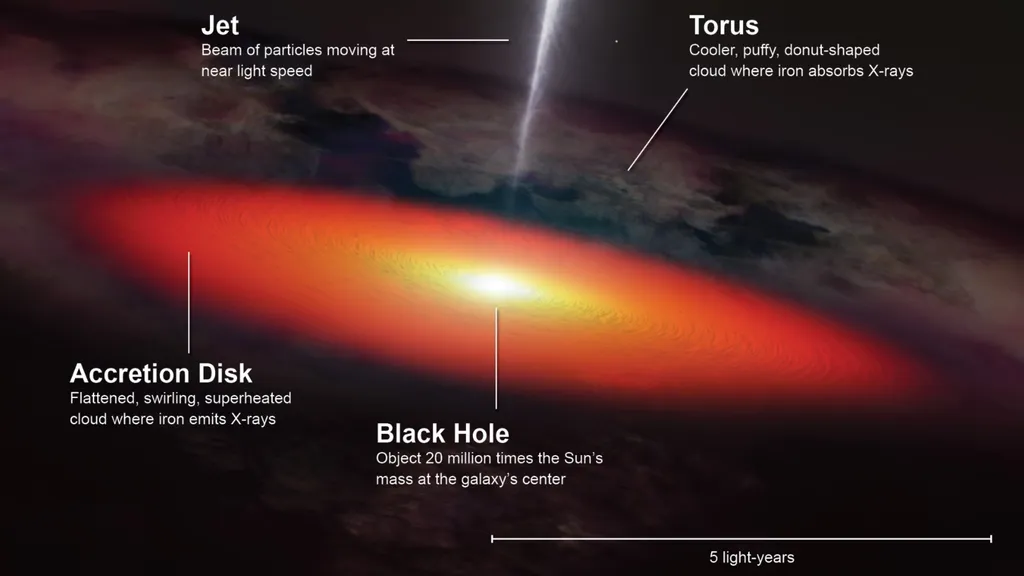Researchers Faizuddin Ahmed and Edilberto O. Silva, affiliated with the Federal University of Rio de Janeiro, have delved into the intricate world of black hole thermodynamics and its potential implications for our understanding of energy systems. Their work, published in the journal Physical Review D, explores the extended phase-space thermodynamics and critical behavior of electrically charged anti-de Sitter (AdS) black holes in a unique gravitational framework known as Kalb-Ramond bumblebee gravity, with the added complexity of a spherically symmetric cloud of strings.
In their study, Ahmed and Silva investigate how the presence of a Kalb-Ramond field, which induces Lorentz symmetry violation through a dimensionless parameter, and a string cloud, characterized by another parameter, collectively influence the thermodynamic properties and stability of these black holes. By interpreting the ADM mass as enthalpy, they derive key thermodynamic quantities such as Hawking temperature, entropy, thermodynamic volume, Gibbs free energy, internal energy, and specific heat. Their analysis reveals that these parameters jointly affect the stability and phase structure of the black holes.
One of the significant findings of this research is the derivation of a Van der Waals-type equation of state, which describes the relationship between pressure, volume, and temperature of the system. The researchers compute the critical point (Pc, Tc, vc) and demonstrate that, despite the complexity introduced by the Kalb-Ramond field and the string cloud, the universal ratio Pc vc/Tc remains constant at 3/8. This indicates that the underlying universality class of the system is preserved.
Furthermore, using the thermodynamic topology approach, Ahmed and Silva determine that the total topological charge of the black hole solution remains W=1, placing it in the same topological class as the Reissner-Nordström-AdS black hole. This finding suggests that the deformations caused by Lorentz violation and the string cloud do not alter the fundamental topological characteristics of the black hole.
The study also examines the Joule-Thomson expansion, a process in which a gas undergoes a temperature change when it expands freely. The researchers derive the inversion curve and find that the minimal inversion temperature satisfies Ti min/Tc = 1/2, consistent with the Reissner-Nordström-AdS case. This result further supports the idea that the underlying universality class of the system remains unchanged despite the additional complexities.
While this research is primarily theoretical and focused on black hole physics, it offers valuable insights into the behavior of complex systems with multiple interacting components. In the context of the energy industry, understanding the thermodynamic properties and critical behavior of such systems can inform the development of advanced energy technologies, such as those involving high-temperature superconductors or novel materials with unique electronic properties. By exploring the fundamental principles governing these systems, researchers can pave the way for innovative solutions to the energy challenges of the future.
This article is based on research available at arXiv.

